Nothing is worse than seeing your nice deck, fence or furniture fall apart because tiny bugs are eating it from the inside. You spend time and money making things look good, only to watch them get ruined. But you don’t have to let that happen.
Picking the right kind of wood is like telling termites to stay away. You don’t need to spray chemicals everywhere. Just choose wood they don’t like to eat. That way, you can relax and enjoy a strong, good-looking space for years.
Let’s look at the types of wood that termites don’t want to chew.

Why Termites Avoid Certain Woods
Termites don’t hate wood. In fact, they love it. But they avoid some types because of how tough, bitter, or chemically protected the wood is. Certain woods are harder to chew through or have natural oils and resins that repel them.
Things that make wood less appealing to termites include:
- High density: Denser woods are more difficult for termites to penetrate.
- Natural oils: Some woods contain oils that are toxic or unpleasant to termites.
- Low moisture: Dry wood is less inviting, especially for subterranean termites.
- Strong smell: The scent of certain woods acts like a natural bug repellent.
Top Termite-Resistant Woods
Here are some types of wood that termites usually leave alone:
1. Teak
Teak is considered one of the strongest woods around. It’s super dense and packed with natural oils that repel termites and other insects. It’s often used in outdoor furniture and decks for a reason.
Why termites avoid it:
- High oil content
- Strong smell
- Hard to chew
Does teak get affected by termites? It’s highly resistant, but no wood is completely immune, especially if it is left untreated or exposed to extreme moisture.
2. Cedar
Cedar isn’t just for closets. This wood has a distinct aroma thanks to its natural resins. That scent is pleasant for humans but repulsive to termites.
What makes it termite-resistant:
- Natural chemicals like thujone
- Pleasant smell for people, irritating for insects
- Works well indoors and out
Will termites eat cedar? Generally, no. Termites tend to avoid cedar, but if cedar gets too moist, it might become more attractive.
But here’s the catch: Cedar is termite resistant, not termite proof. Over time, especially in damp areas, the oils may break down, making it more vulnerable.
3. Redwood
Redwood is another durable option, especially the heartwood (the darker, inner part). It’s often used for fences, garden beds, and decks. While not completely termite-proof, it holds up much better than softwoods like pine.
Perks of redwood:
- High resistance in heartwood
- Better moisture control
- Long-lasting with proper maintenance
Will termites eat redwood? While redwood is resistant to termites, it’s not 100% immune. Like cedar, it can still be attacked if it gets too damp.
4. Cypress
Cypress trees grow in swampy areas, so their wood naturally resists moisture, decay, and insects. The heartwood has a chemical called cypressene that termites dislike.
Why it’s a good pick:
- Termite-repelling natural oil
- Moisture-resistant
- Often used in construction and siding
5. Australian Jarrah
This hardwood from Australia is tough as nails. Jarrah has a reputation for standing up to insects, moisture, and time. It’s commonly used for flooring and outdoor furnishings.
Why it works:
- Dense, hard structure
- Not easy for termites to chew
- Long lifespan
Want to know if termite prevention is worth the investment compared to repair bills? Dive into our article: Termite Prevention vs. Repair Costs – Which Saves You More Money?
Wood Types That Are More Vulnerable
Not all wood puts up a fight. Some types are softer and more appealing to termites, especially if left untreated.
More likely to get damaged:
- Pine: Common and affordable, but soft and easy to chew
- Douglas fir: Often used in framing, needs chemical protection
- Spruce: Lightweight and fast-growing, but vulnerable
- Untreated plywood: Layered and easy for termites to tunnel into
Pro Tip: If you use softer woods like pine, Douglas fir, spruce, or untreated plywood, it’s important to treat the wood with Borate Barrier Treatment. This helps protect it by creating a termite-repellent barrier that soaks into the wood and lasts long.
How to Protect Wood from Termites
Protecting wood from termites starts with keeping it dry and well-maintained. Termites are attracted to moisture, so fixing leaks, improving drainage, and ensuring good ventilation around wooden structures help reduce the risk. Avoid direct contact between wood and soil by using concrete or metal barriers.
Applying termite-resistant wood or pressure-treated lumber adds a strong layer of defense. Sealing cracks, gaps, and joints prevents termites from sneaking inside. Routine inspections can detect termite activity early, preventing significant damage.
If termites are found, professional treatment options like localized chemical applications or tent fumigation can stop infestations. Combining these steps with routine maintenance and expert help creates a solid plan to keep your wood safe and termite-free over time.
Related Articles:
How Often Should I Get a Termite Inspection for My Home?
What Makes K Termite Different From Other Companies
Why a Full-Structure Termite Warranty and Annual Inspections Are Worth It
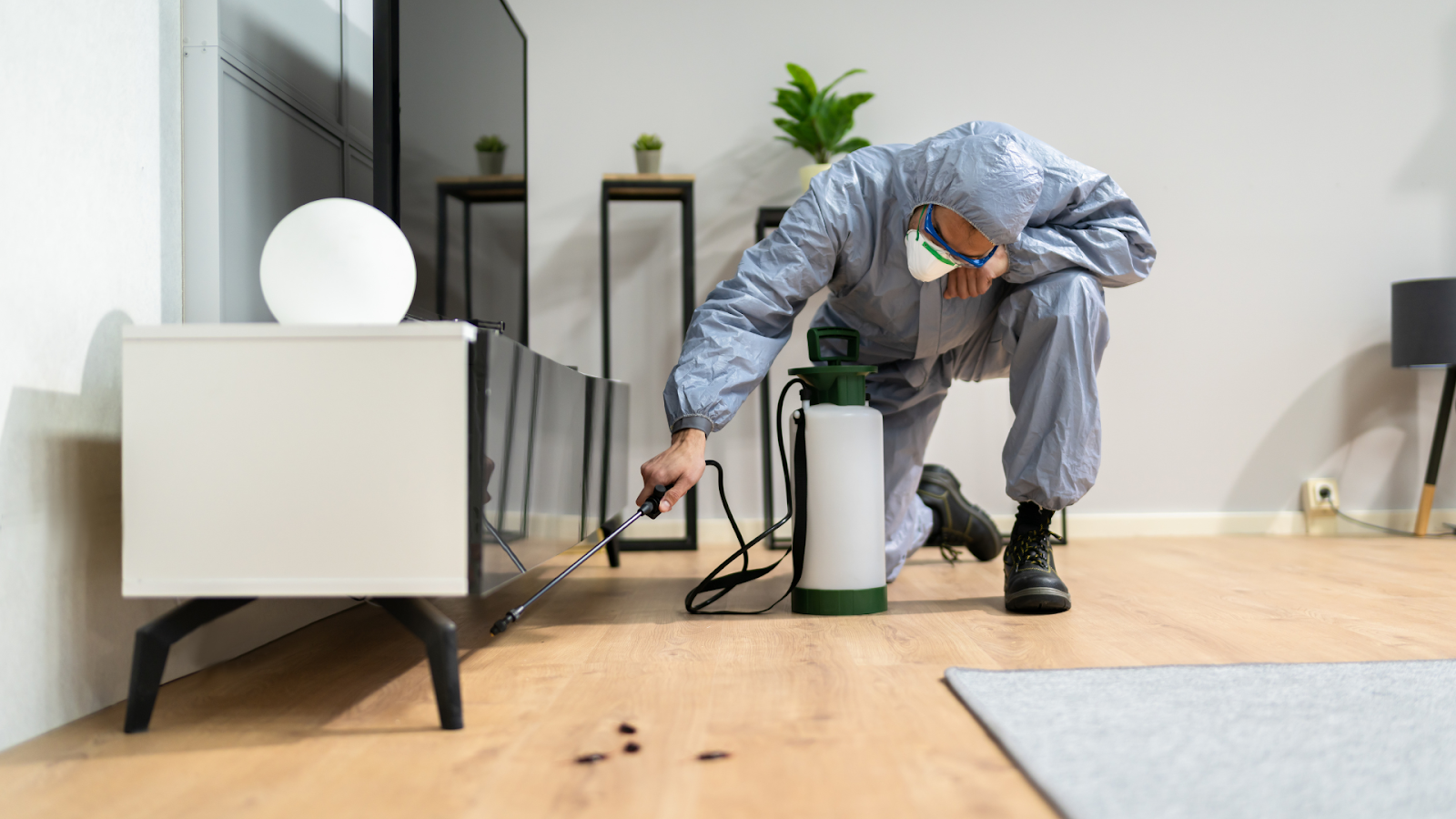
Keeping Termites at Bay with K Termite’s Expert Services
Your Wood Choices Matter, But So Does Regular Protection
If you’re worried about termites eating through your home or property, K Termite can help. We provide termite treatment services that include:
- Free termite inspections to check if your property is safe or if termites have started to invade.
- Multiple termite treatment options that fit different needs and budgets.
- Wood repair and carpentry work to fix any termite damage.
- Warranties that give you peace of mind, knowing your home is protected.
- Expert advice on termite-resistant wood and how to keep termites away from your property.
Using termite-resistant or treated wood is a great first step. But termite protection works best when combined with professional inspections and treatments. K Termite is ready to help you fight back and keep your home safe from termite damage.
Termites can be a real problem, but choosing the right wood can reduce the risk. Cedar, redwood, teak, and pressure-treated wood all offer some defense. Remember, no wood is completely termite-proof, so pairing resistant wood with good maintenance and professional help is the best plan. Keep wood dry, check regularly, and when in doubt, call the pros like K Termite to keep your home termite-free.
FAQs
Q.1 Do termites eat treated wood?
Termites usually avoid treated wood because it contains chemicals that make it unappealing or harmful to them. However, if the treatment wears off or the wood is damaged, termites might still try to get in.
Q.2 What wood do termites not eat?
Termites tend to avoid woods like cedar, redwood, teak, and mahogany because of their natural oils and dense structure that make them less tasty.
Q.3 Do all termites eat wood?
Most termites eat wood, but some species can feed on other materials like paper or cardboard. Not every termite focuses only on wood.

.webp)

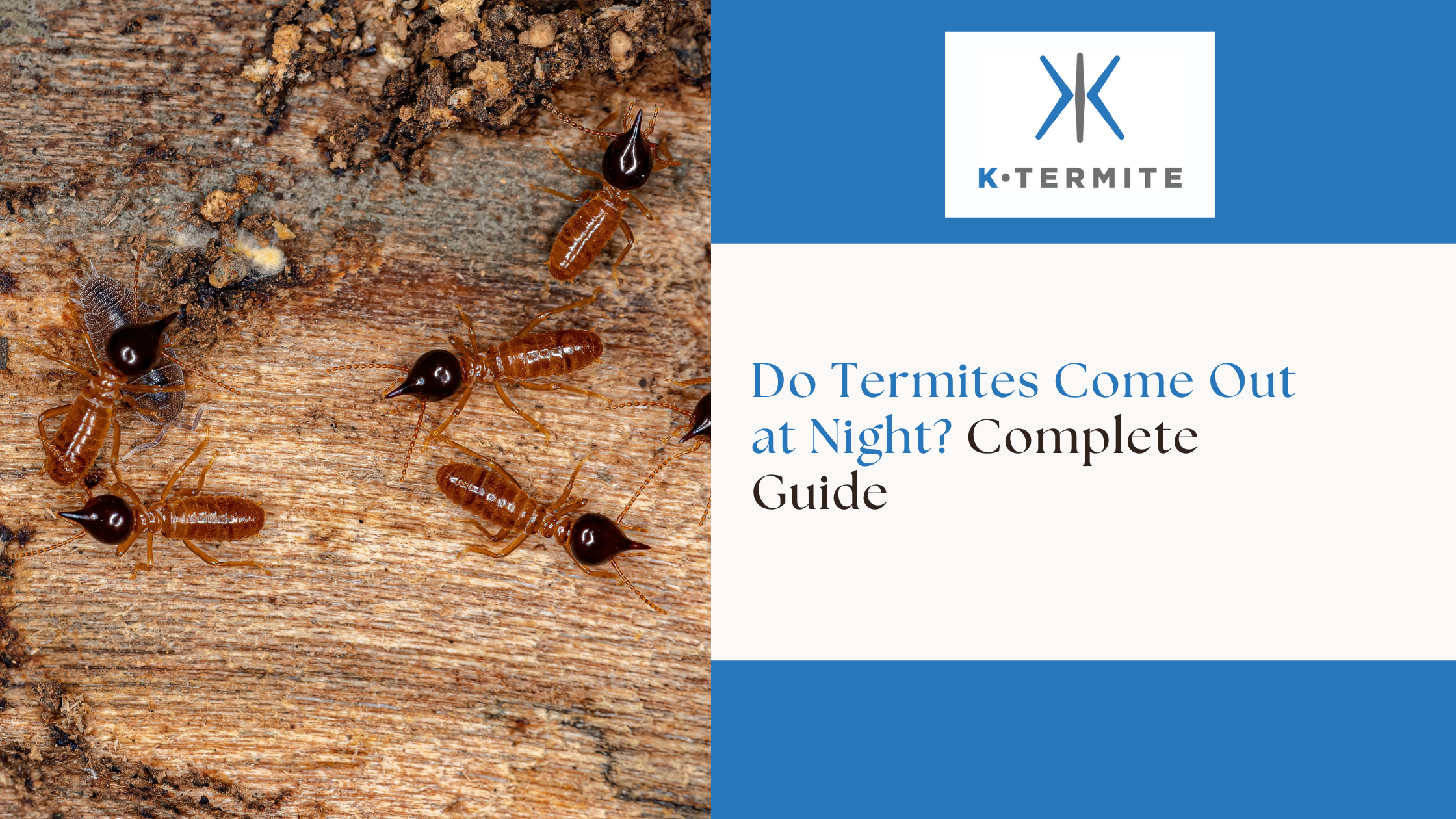

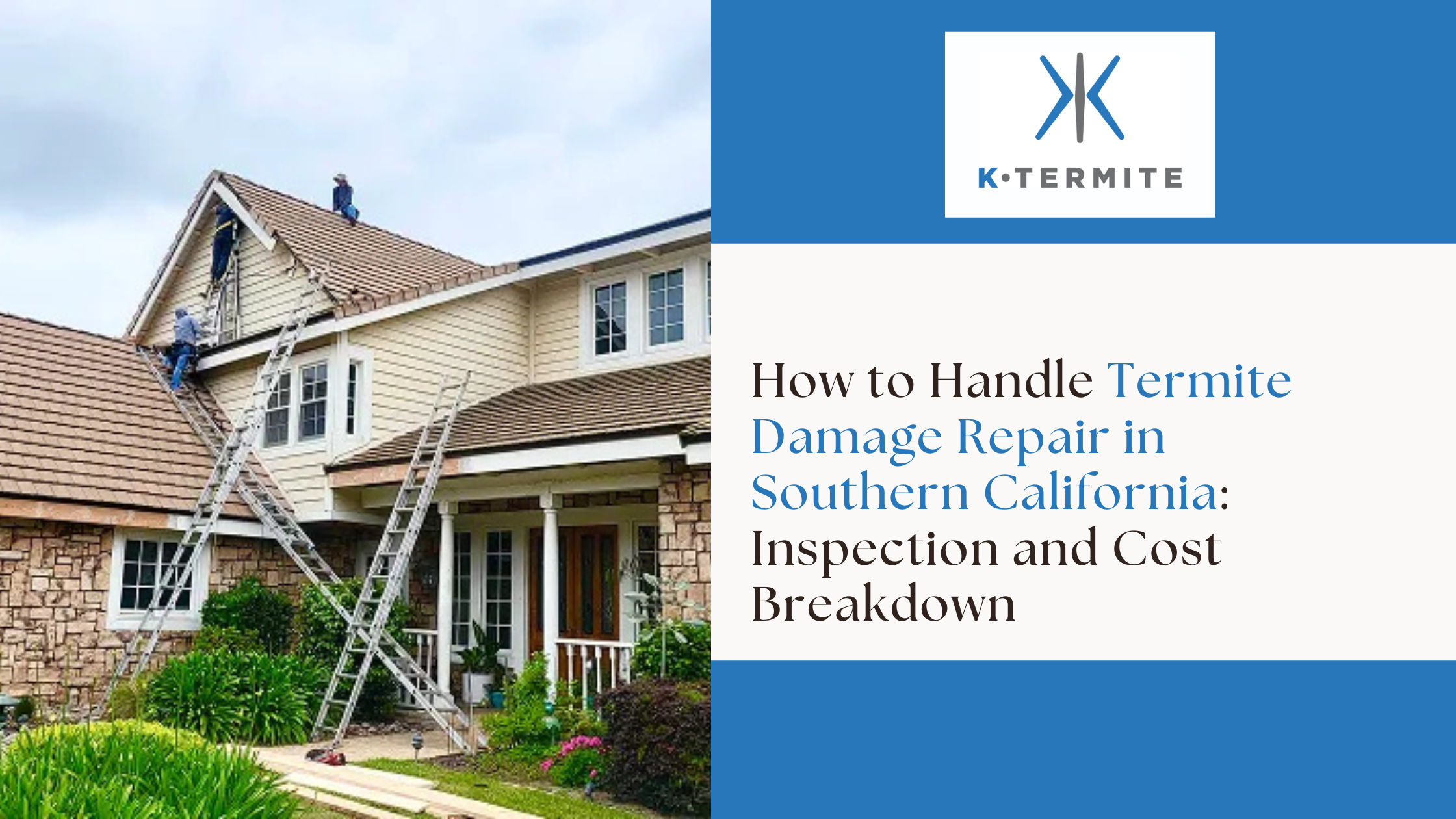

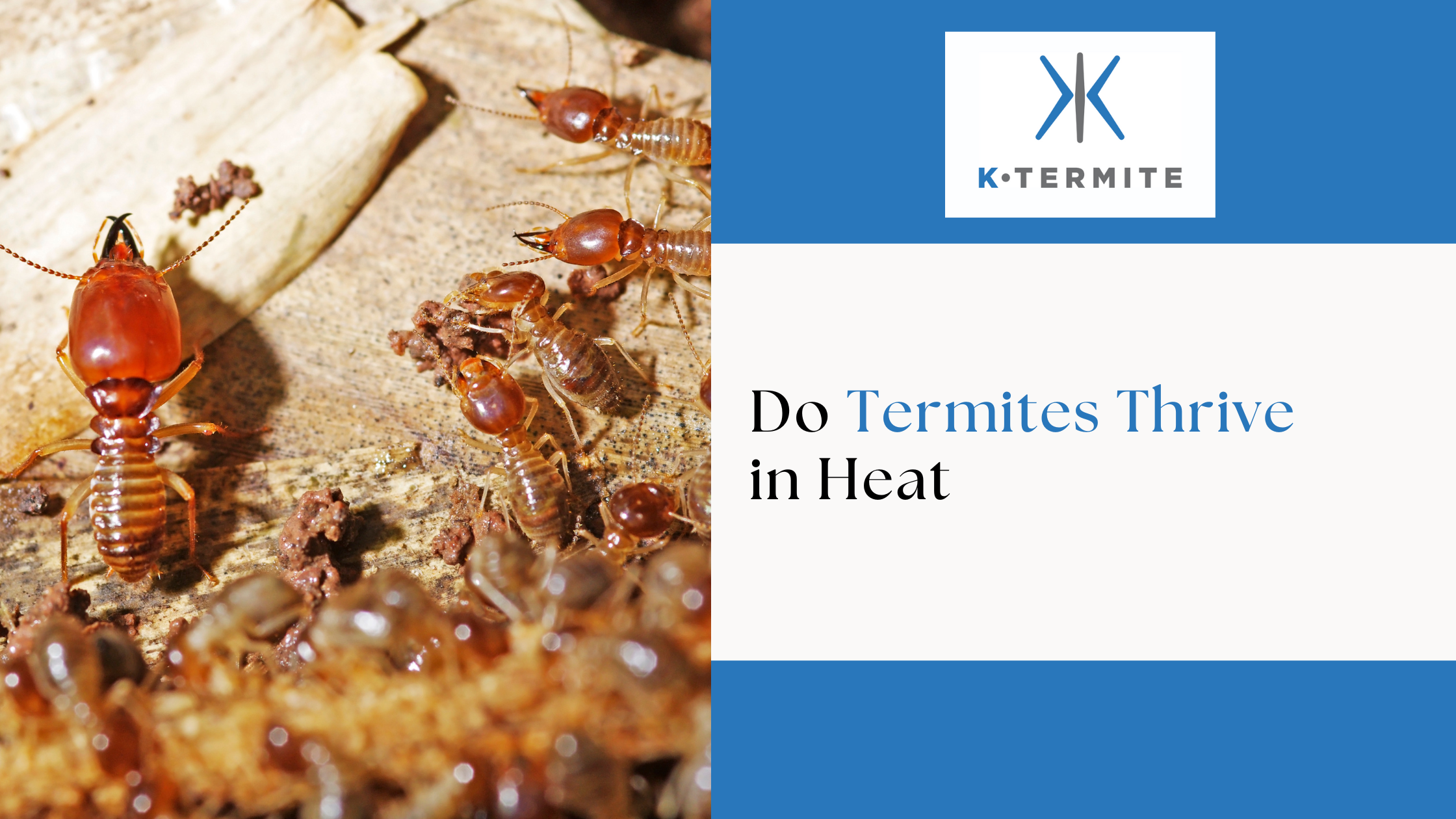

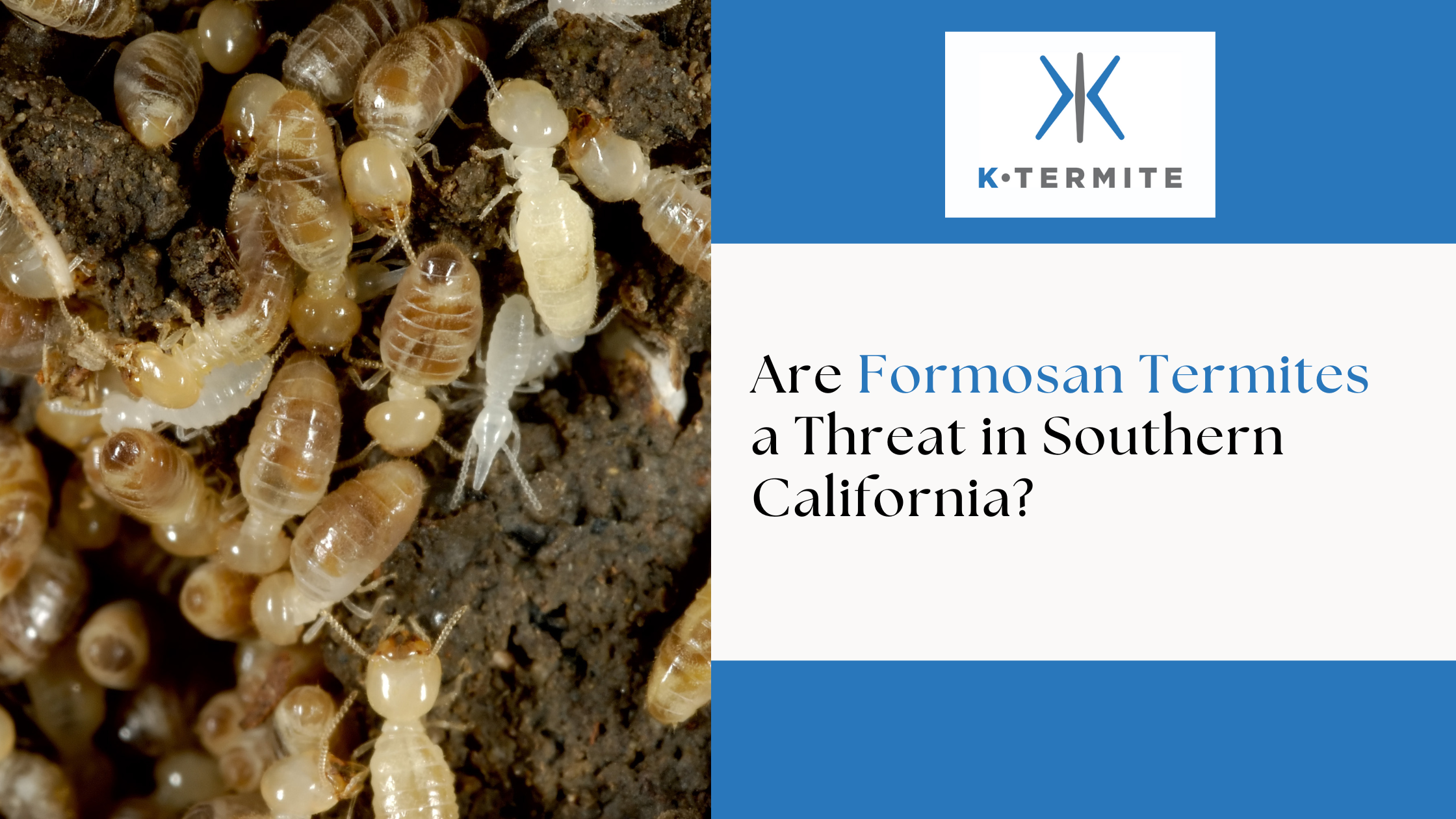

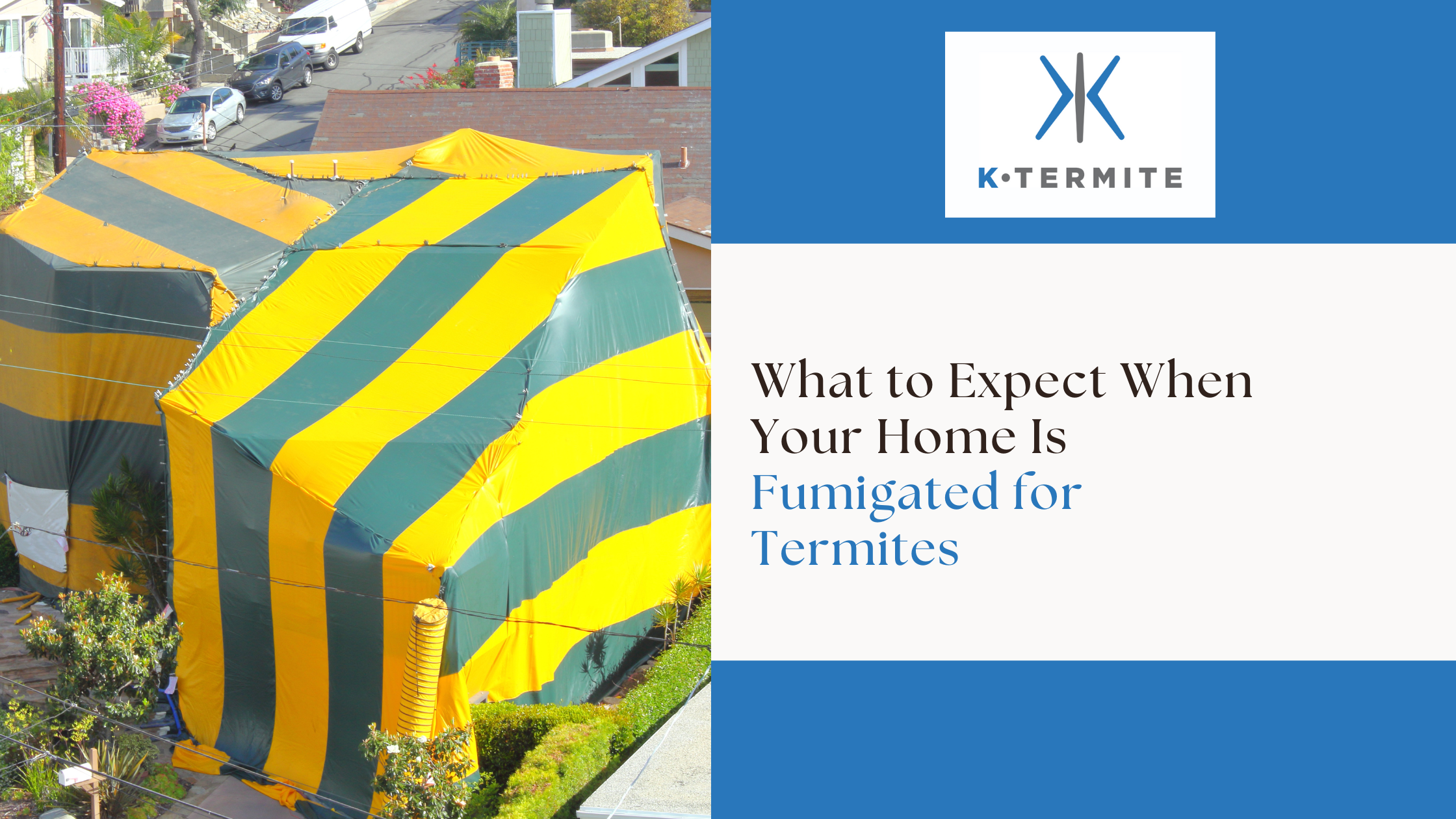


.png)
.png)
.png)
.png)
.png)
.png)
.png)
.png)
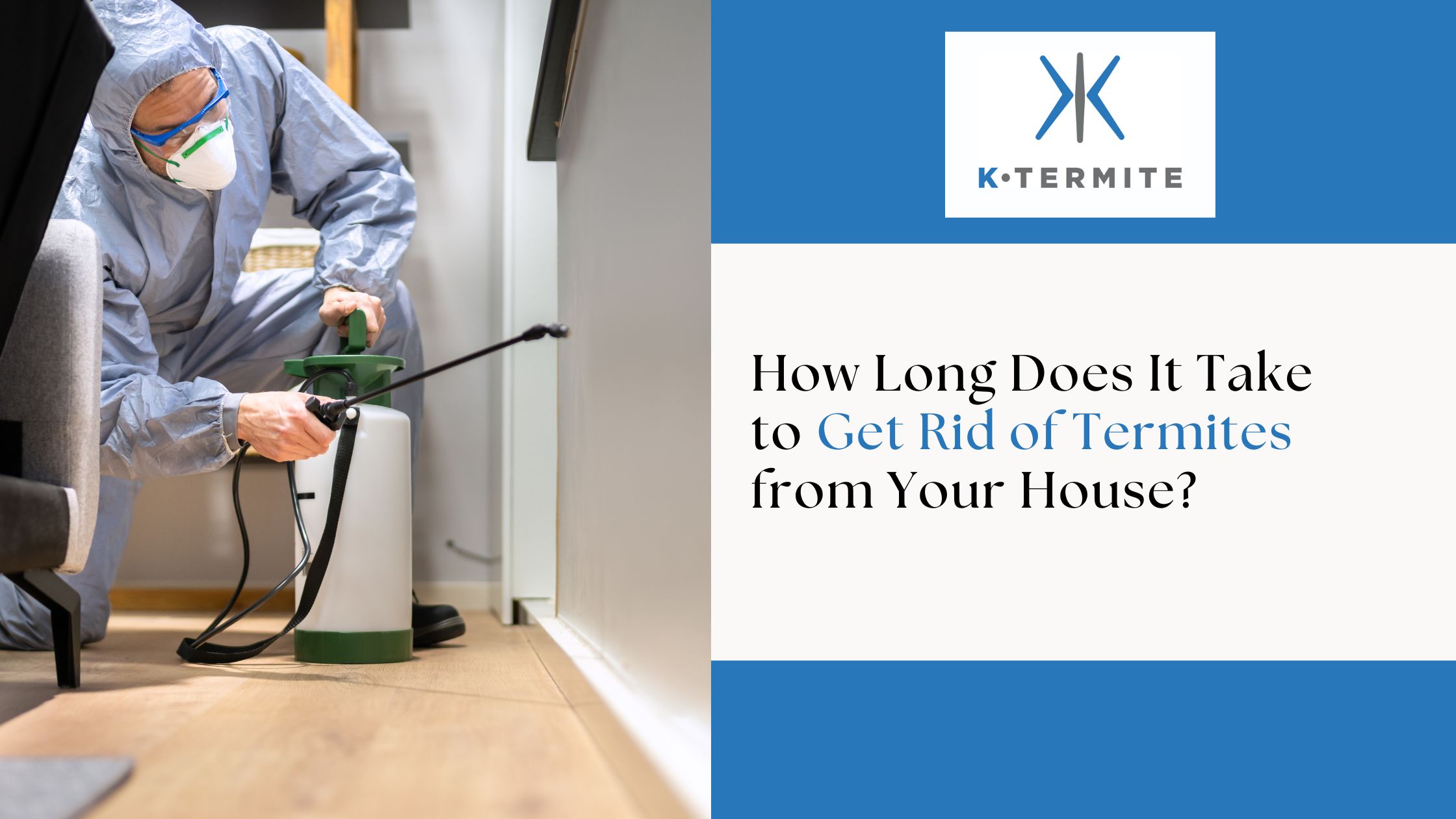

.png)
.png)


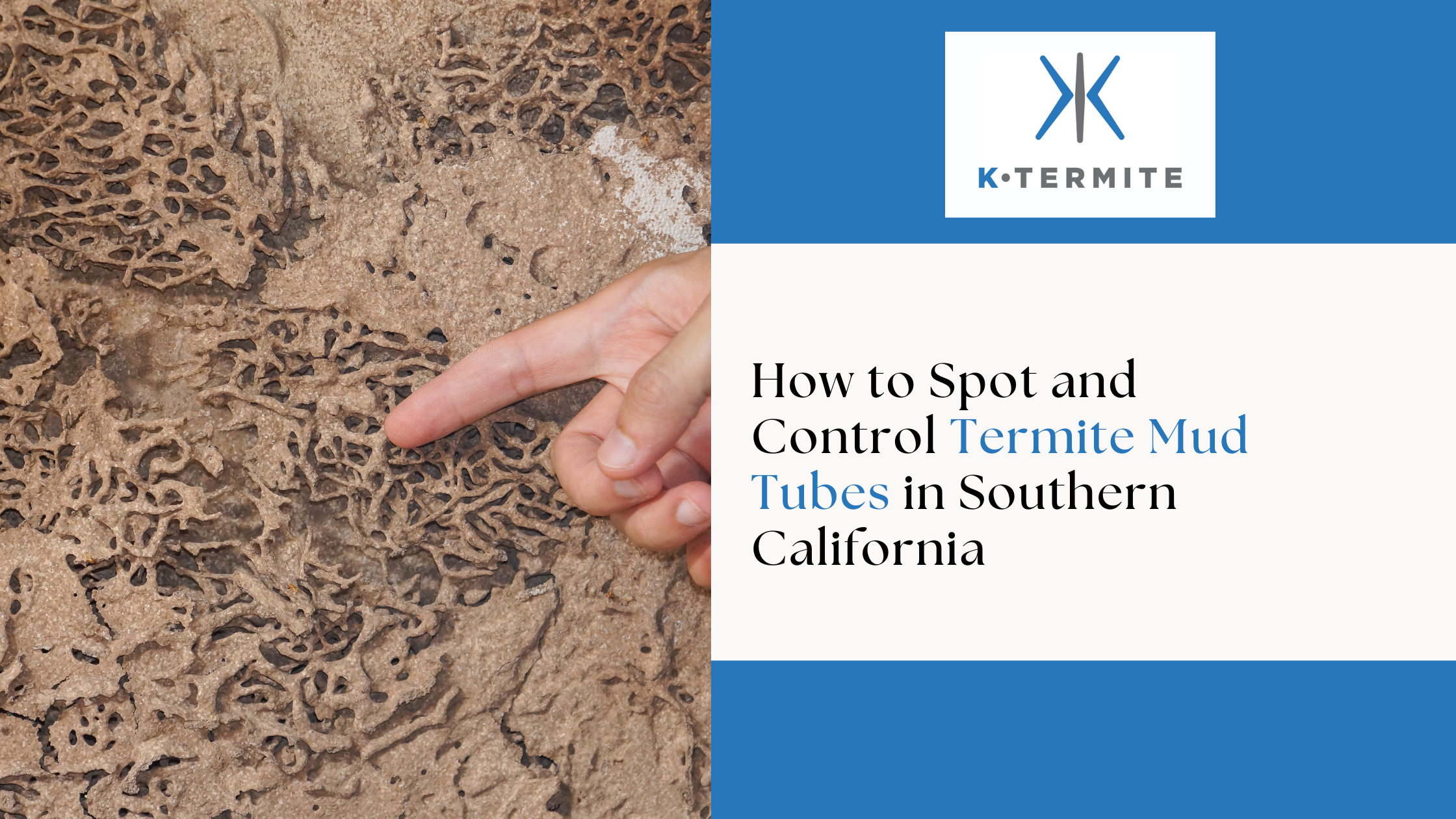



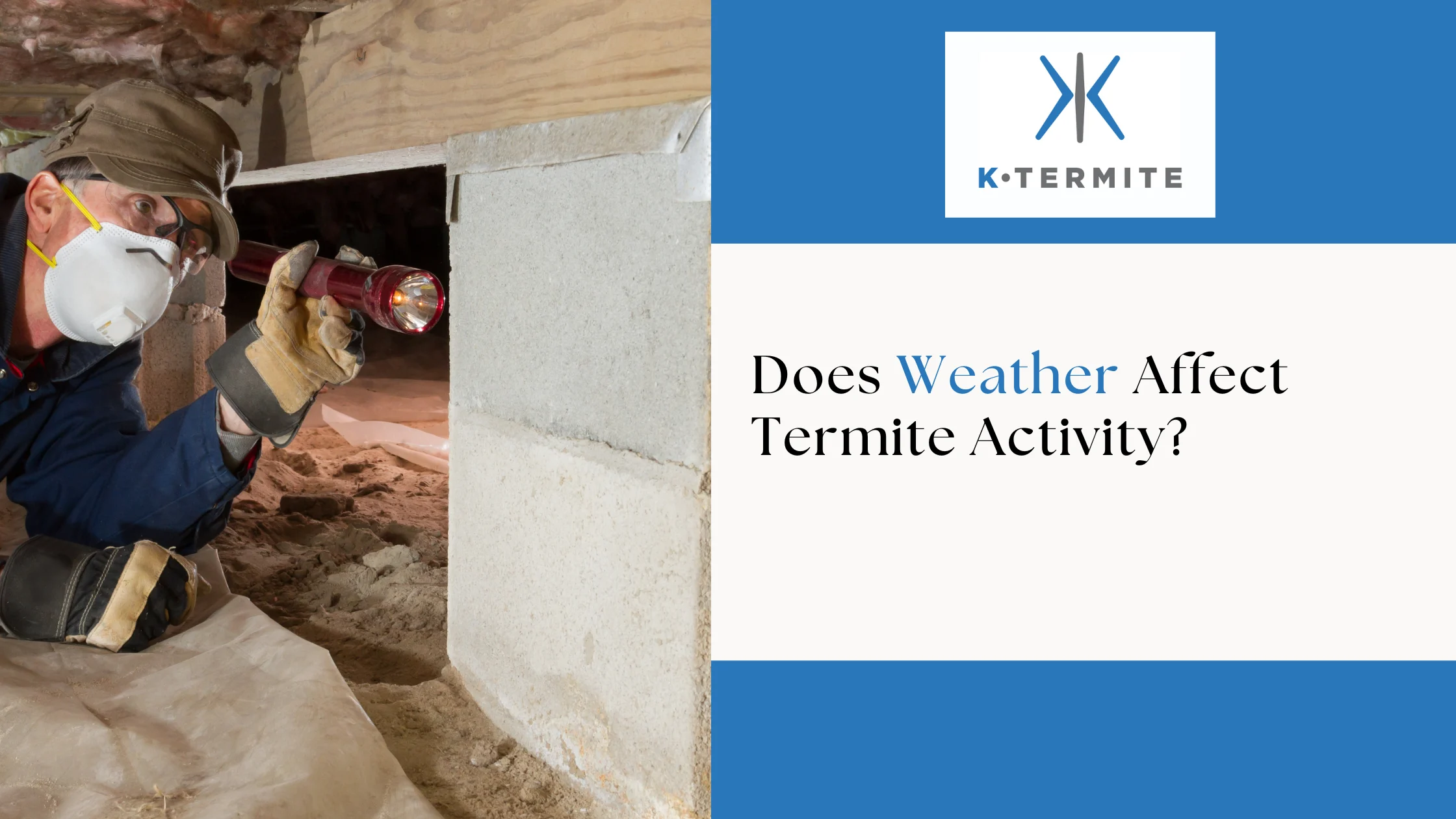
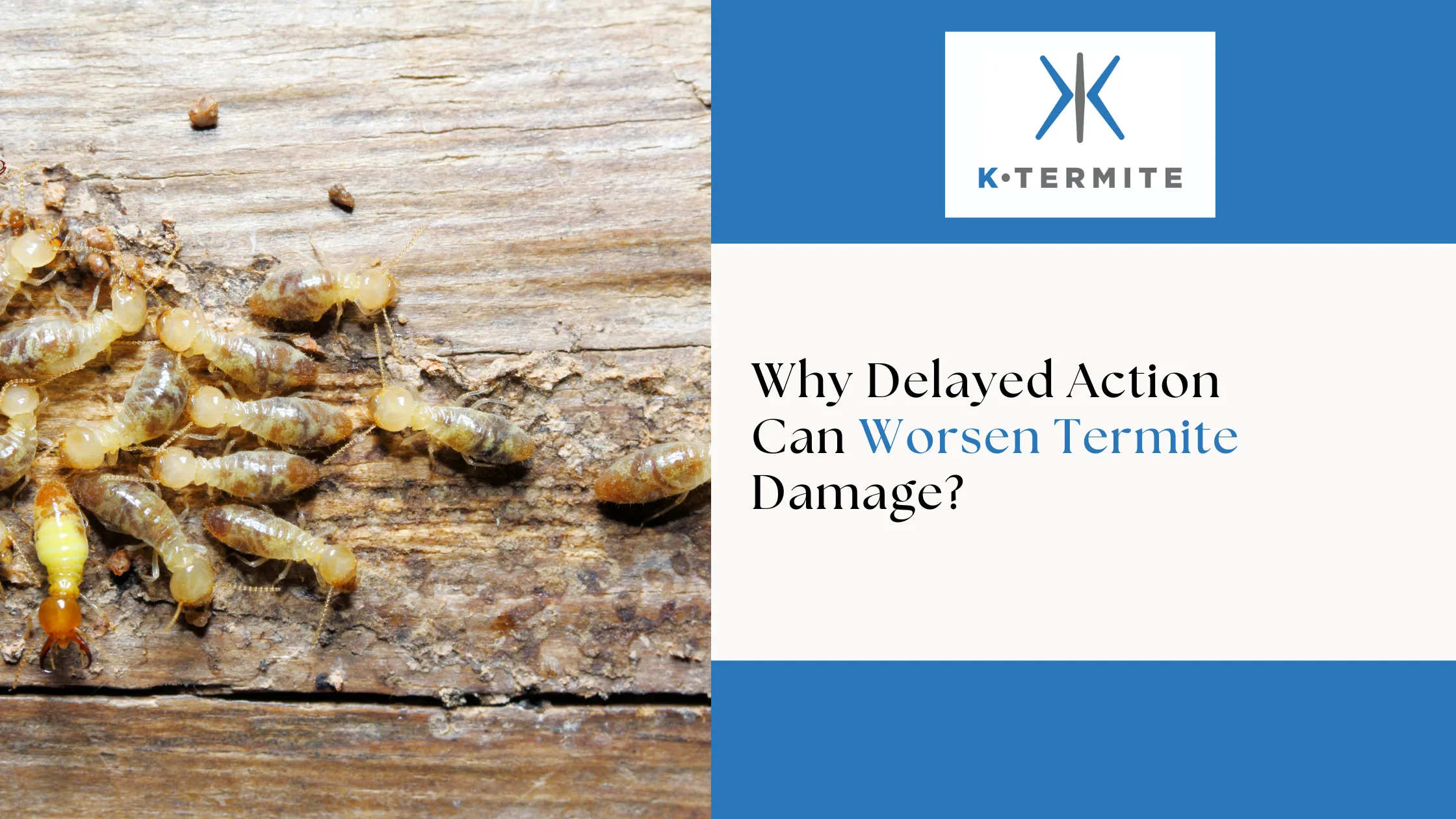

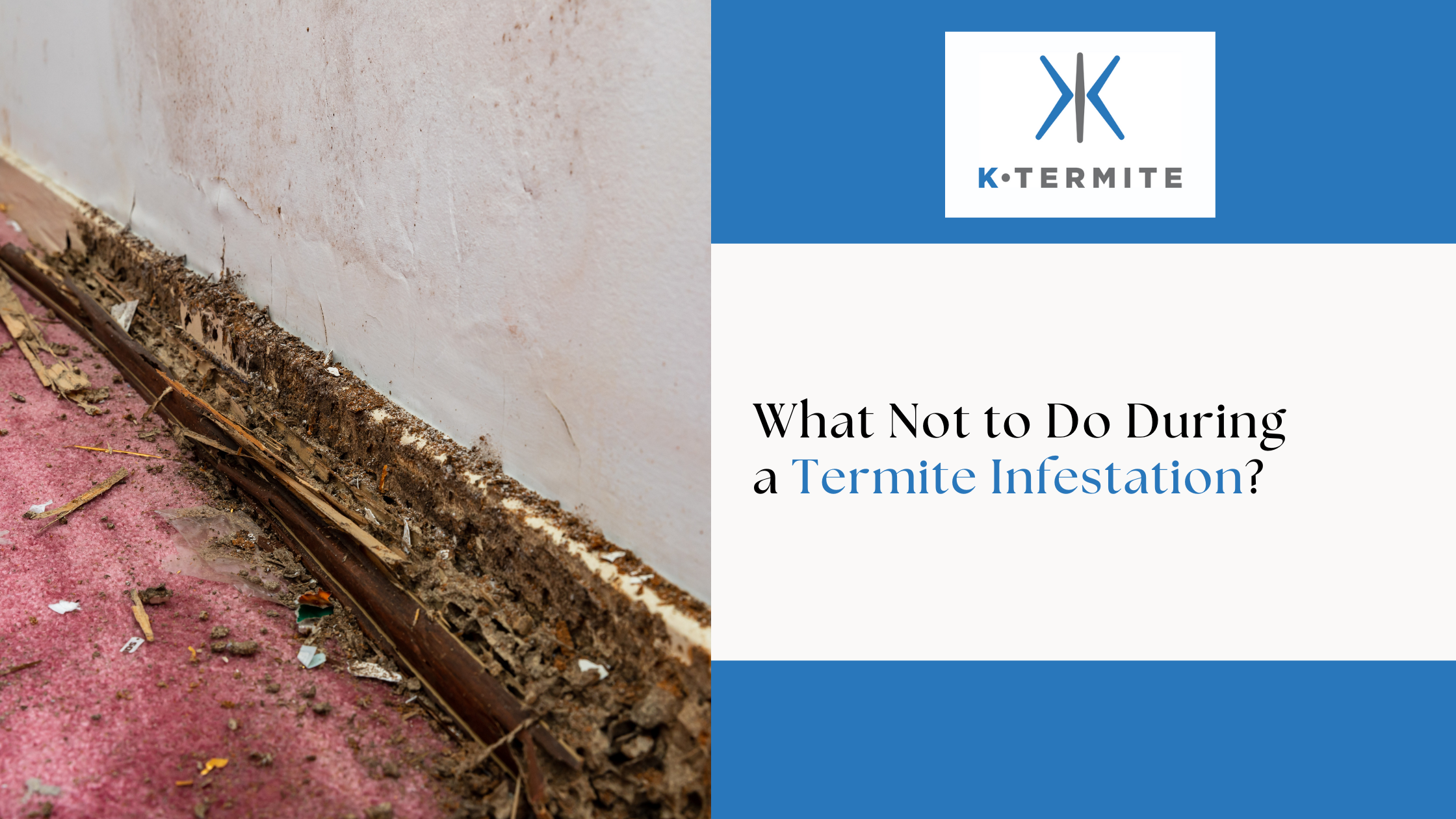

.png)
.png)

.png)
.jpg)
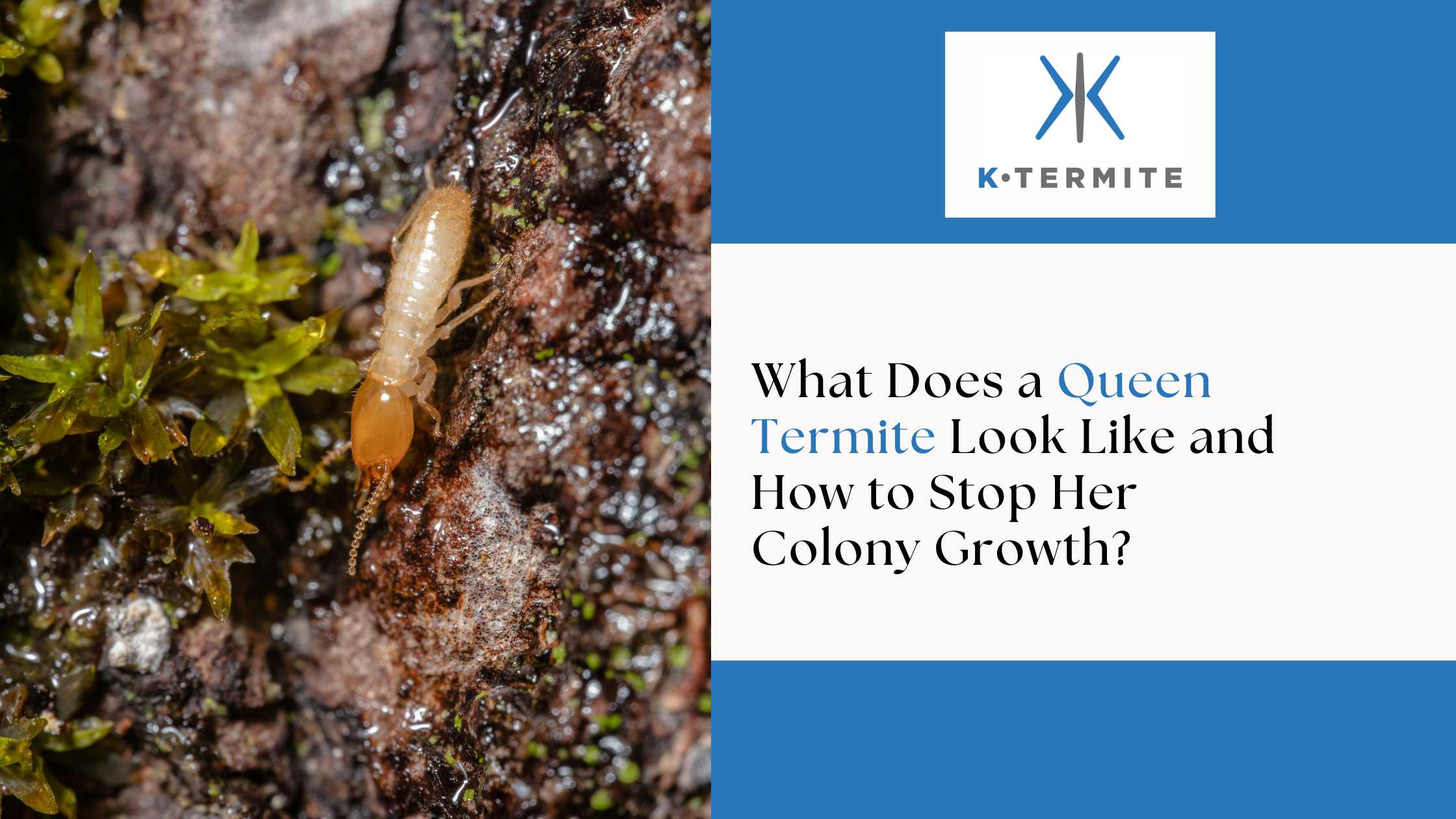

.webp)


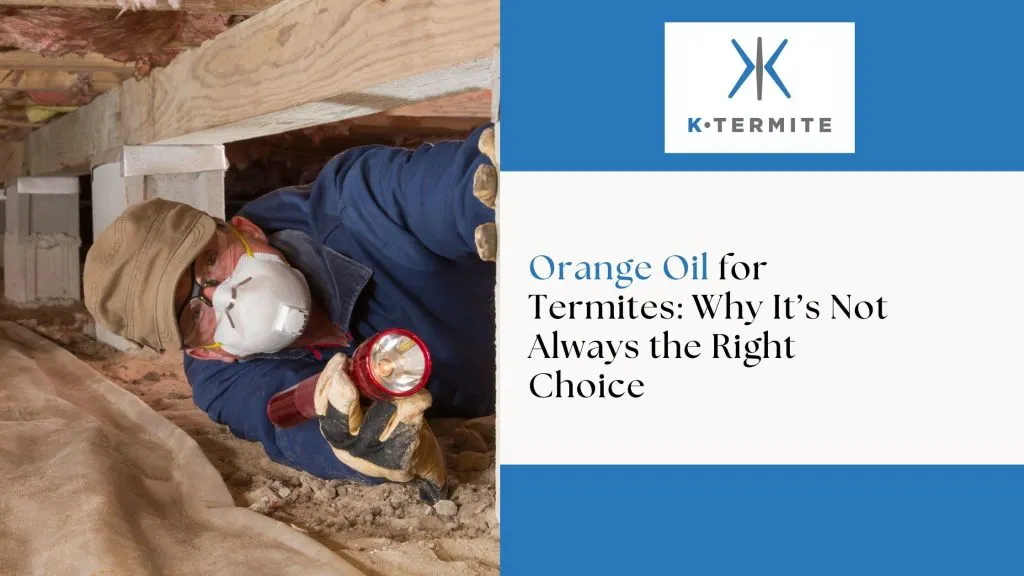

.webp)
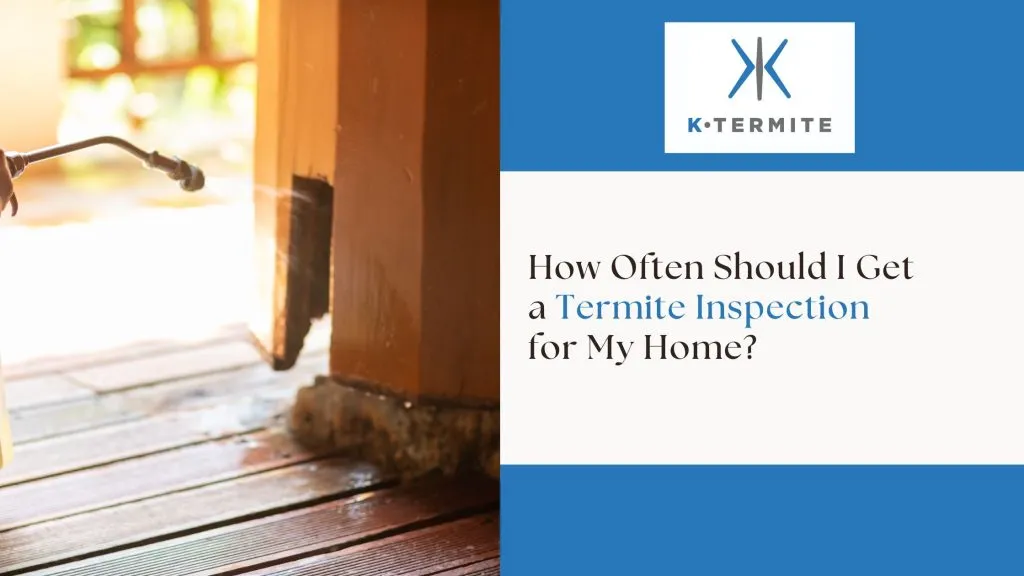

.svg)

